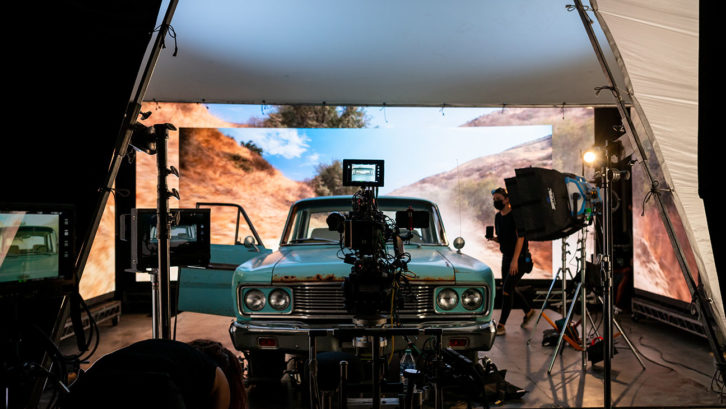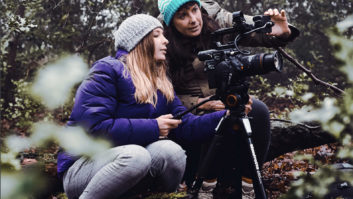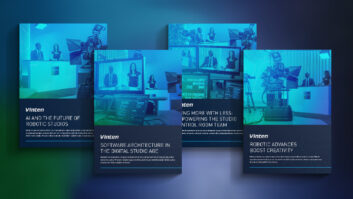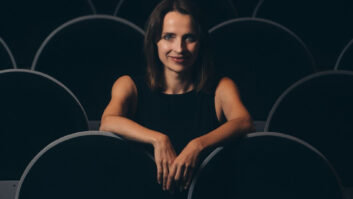The American Society of Cinematographers (ASC) is releasing a short film to aid in the development and calibration of technology impacting the modern imaging chain.
The Mission is part of the ASC’s Standard Evaluation Material II (StEM2) project and will be released in early 2022.
It has been designed to test exhibition and streaming systems, displays, and image-processing tools used in production and post.
“We set out to create a comprehensive assessment of the elements that increasingly impact professional production in today’s environment,” said ASC President Stephen Lighthill. “StEM2 offers the industry the information needed to support developments and advancements of products and solutions for image creation. Everyone from filmmakers, studios and post houses to engineers, technologists and manufacturers are affected by the technical complexities impacting storytelling.”

The StEM2 project has received backing from a number of studios and technology companies, including Blackmagic Design, Dolby, ARRI, Cooke Optics, Frame.io, Pixelworks and Zeiss, as well as industry leaders. It also received a seed grant from Epic MegaGrants, as well as support the Academy of Motion Picture Arts and Sciences (AMPAS) Scientific and Technical Council.
According to the ASC, the film utilised the Academy Colour Encoding System (ACES) throughout the entire pipeline. “The project evaluated the challenges of moving meticulously crafted images through cloud workflows, including camera-to-cloud, dailies, editing, rendering and creation of deliverables while simultaneously maintaining artistic intentions,” said the ASC.
Utilising an array of production environments, it was shot on location and on virtual production stages in July, capturing scenes shot in a dark cave, the desert, car interiors (day and night), city streets (night exteriors), and a dimly lit hospital (night interiors).
Additional parameters tested by The Mission include image high dynamic range, diverse skin tones, high resolution detail, in-camera VFX, fast moving action, and visuals to tax compression algorithms and image processing software.







